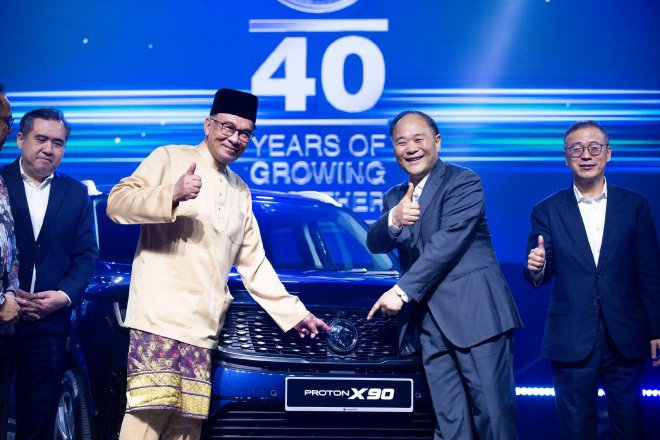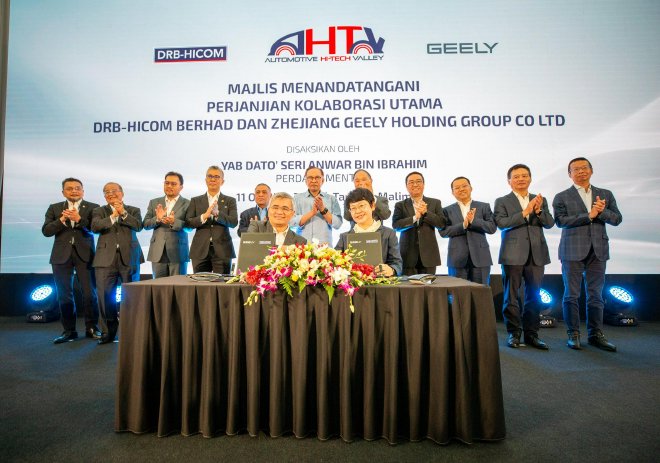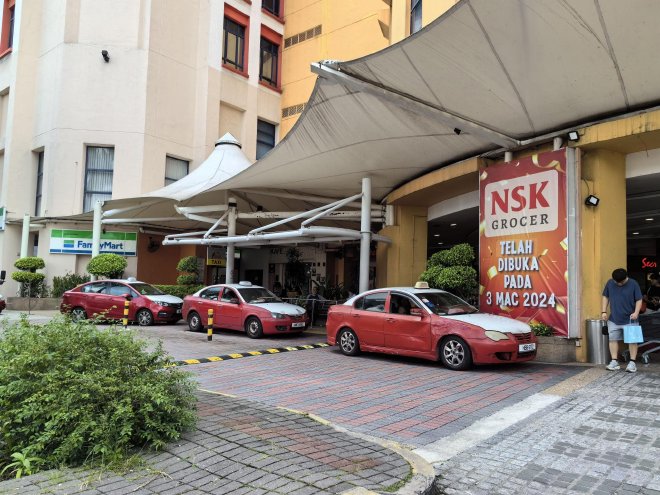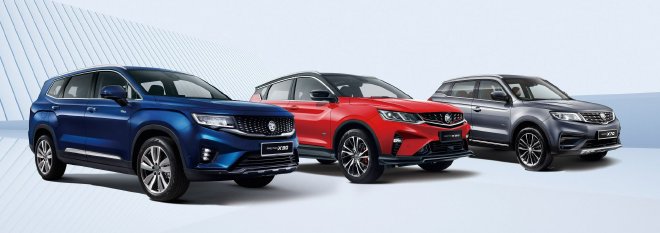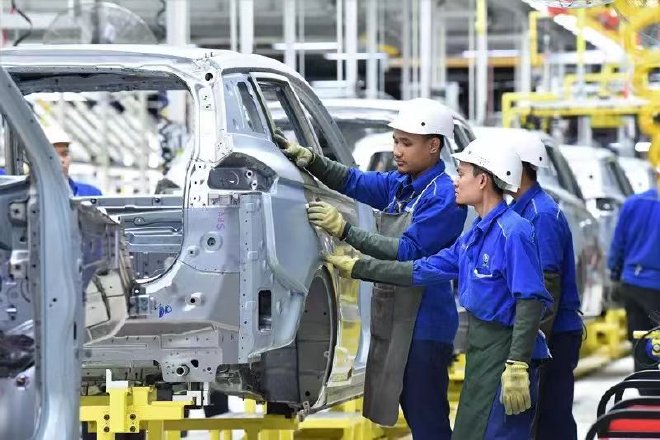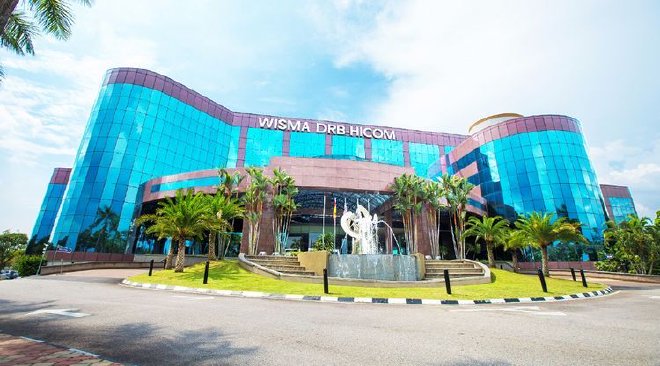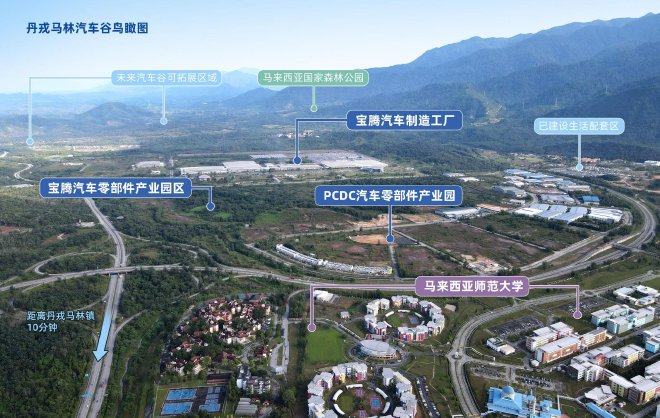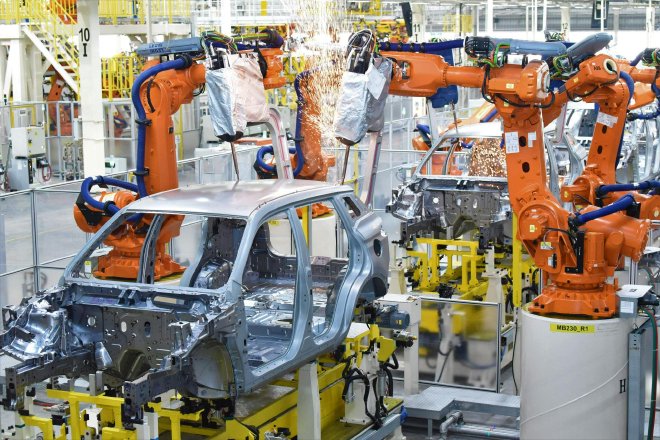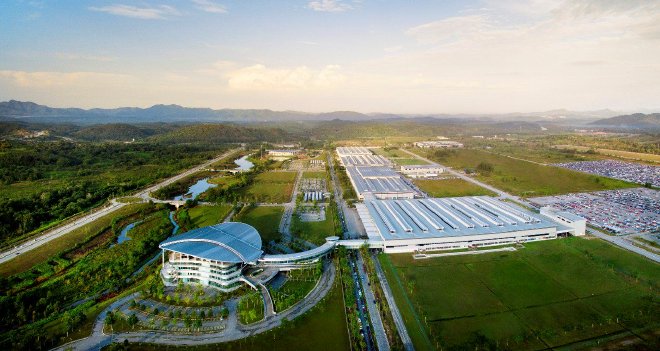This year marks the 50th anniversary of diplomatic relations between China and Malaysia. The economic and trade cooperation between the two countries has achieved significant results. Seven years ago, China’s Geely Holding Group and Malaysia’s DRB-HICOM Group collaborated on the Proton automotive project, setting a new example of practical cooperation and mutual benefit between outstanding enterprises of the two countries. Now, we are boarding a flight to Kuala Lumpur to explore Geely’s experiences and changes in Malaysia over the past seven years.
1. Prime Minister leads investment in Proton As Geely Holding Group’s Senior Vice President Wei Mei said, “Malaysia is great. No winter, warm weather, and friendly people. The relationship between China and Malaysia is very friendly. Prime Minister Anwar personally chaired four meetings for the Proton AHTV project.” Prime Minister leading four meetings for a commercial project is unprecedented. Proton saw significant returns after Geely’s investment. Before Geely’s involvement, Proton had been losing for 9 consecutive years, averaging 1.6 billion Malaysian Ringgit in losses annually. Since Geely’s investment, Proton turned a profit in 2019, with a revenue of 93.9 billion Malaysian Ringgit by the end of 2022. In 2023, Proton sold 154,000 units, a 9% increase from the previous year, achieving its best performance since 2012. Proton held a market share of 19.4% and maintained its position as the second highest-selling brand in Malaysia for the fifth consecutive year. In the first quarter of 2024, Proton sold 39,150 units. Geely’s introduction of mature products and management revitalized this iconic Malaysian car brand with a 40-year history. The strategic introduction of Proton X50, X70, and X90 resulted in sales of over 200,000 units. Proton X50, X90, and the newly added S70 have become leaders in their respective market segments.
The attention of national leaders has boosted the total bilateral trade between China and Malaysia to 1,383.4 billion yuan in 2023. Both countries share similarities in terms of ideology and hardworking people as part of the East Asian civilization circle. The collaboration between China’s Geely Holding Group and Malaysia’s DRB-HICOM Group on the Proton Automobile AHTV project is a practical step towards deepening cooperation. It will become a hub for ASEAN’s new energy and technology research and development, showcasing a new model of cooperation and mutual benefit between the two countries’ outstanding enterprises.
For Geely, the investment in AHTV project is a step towards China’s automotive globalization. Geely Holding Group’s Senior Vice President Wei Mei’s example is a vivid illustration. In 2023, global car sales reached 93.55 million units, with Japanese cars accounting for nearly 27%. AHTV project is a new attempt to establish a demonstration experience for China’s automotive globalization. Geely’s acquisition of Proton’s shares was strictly capped at 49.9%. Before arriving in Kuala Lumpur, I had a question in mind: “As a technology exporter and a weak controlling party, what did Geely actually gain in Malaysia?”
Proton CEO Li Chunrong recalled the company’s losses in 2017, amounting to RM 1.2 billion. In 2018, despite no new products, the company managed to reduce losses by RM 400 million with the launch of the X70 in December. By 2019, Proton achieved profitability of RM 160 million.
Geely helped Proton turn losses into profits in just two years, with the wisdom of “selling 0.1% of the shares” playing a crucial role. Proton is like “FAW” to the Malaysian people, even like our emotional attachment to the “Red Flag” brand. It is a national car brand created by the Malaysian founding father Mahathir. Japanese car companies have already established a strong foothold after years of deep cultivation. If Geely had blindly adopted foreign capital to control the brand entering Malaysia, it would not only hurt the feelings of the local people but also struggle to gain market acceptance. In addition to market acceptance, Li Shufu’s concession brought more gains.
Time goes back to May 2017, at that thrilling negotiation table, this was also the final negotiation between both sides. Facing Malaysia’s sudden change of heart, when the negotiation reached a deadlock, Li Shufu ultimately unexpectedly agreed to give up 0.1% of the shares, still holding 49.9% of the actual control. After signing, Li Shufu stated his three reasons. First, out of respect for the Proton brand and Malaysia’s local national industry. To develop locally, trust from the partners is necessary, and trust comes first from respect. Giving up 0.1% of the shares, Proton still belongs to the Malaysian people, making it easier to gain emotional recognition. Second, Geely still holds the management rights of Proton. Malaysia controlling Proton allows Proton to continue enjoying preferential trade policies with Malaysia and ASEAN, and the local government will continue to support Proton’s development, benefiting Geely’s development in the region. Third, Malaysia’s insistence on controlling Proton also means they do not want to give up this brand, but truly want to revive it through collaboration. In this regard, Li Shufu sincerely wants to fulfill the cooperation partner.
It was the -0.1% back then that brought Proton X50, X70, S70 onto the streets of Malaysia. Li Shufu has been showing his commitment to supporting Proton as a national car brand in Malaysia. Our goal is to help Proton turn losses into profits and ensure its sustainable development. The story of managing Proton is like cooking a pot of porridge. With Li Shufu’s vision, the next step is execution. This responsibility falls on Li Chunrong, who has 30 years of experience in managing automotive companies. Despite the challenges he faced in Malaysia, Li Chunrong, a veteran in the Chinese automotive industry, was determined to turn Proton around. Introduced to Li Shufu’s office in 2017, Li Chunrong had deep conversations with the then head of Geely’s overall development business, An Conghui. With almost unanimous support from Geely Group, Li Chunrong became Proton’s CEO in Kuala Lumpur. After more than two months, Li Chunrong presented the 10-year plan for Proton to Li Shufu.
After seven years of deep cultivation, perhaps no one within Geely understands the Malaysian market better than Li Chunrong. In Li Chunrong’s mind, he always remembers Li Shufu’s eight-word motto for global operations: “Wisdom leads the way, sincerity guides the journey.” He added four more words: “Professional implementation.” As for professionalism, Li Chunrong specifically explained that it means being a business leader on one hand, and a spiritual leader on the other. There is no need to say much about being a business leader. As for being a spiritual leader, the first major issue to discuss is “food.” The new management team at Proton requires the cafeteria to ensure that employees from different regions around the world eat well, and to fully respect the customs of different regions and ethnic groups. For example, during the Muslim fasting month of Ramadan, shifts for employees are adjusted to provide meals for Muslim employees who fast all day in the evening. In the process of integration, Li Chunrong not only respects the local employees’ “slow pace,” arranging work two months in advance, but also fully understands the employees’ right to “take a break,” and most importantly, learns the importance of “cooking porridge.” Cooking porridge together is a custom during Ramadan in Malaysia, and 90% of Proton’s employees are Muslims. Cooking porridge here represents stirring people’s souls. After understanding this custom, Li Chunrong not only helps others cook porridge, but also sends porridge to his Muslim employees. This represents Geely stirring not just a bowl of porridge, but the fusion of souls. At the same time, it is also a concrete action of Li Chunrong practicing the motto of “sincerity guiding the journey.”
Geely’s management and transformation of Proton is evident. Before Geely’s takeover, Proton had a typical state-owned enterprise style, with employees generally lazy. However, it was discovered that these employees had been trained by Japanese and Korean companies for many years, and their professional skills and abilities were no worse than Chinese employees. Chinese employees set an example and energized the old Proton employees. In seven years, Geely has brought about tremendous changes in Proton, gradually restoring the glory that Malaysia’s number one automotive brand should have, while also getting closer to the goal of being the third largest in ASEAN. What is the AHTV project? When it comes to Proton, we cannot ignore its other shareholder, DRB-HICOM. The head of this company, Syed, is the only non-Chinese billionaire in Malaysia. DRB-HICOM operates almost everything in Malaysia, including car sales, aircraft components, shipping, high-rise construction, postal services, railways, energy, and more. Additionally, this company almost monopolizes the production and sales channels of Volkswagen, Audi, and others in Malaysia.
Geely not only cooperates with Proton in Malaysia, but also has a deeper strategic partnership with DRB-HICOM Group in the industrial sector. In 2023, Geely Holding Group’s Senior Vice President Wei Mei and Geely Talent Development Group CEO Lu Danlu successively arrived to prepare for the Malaysia Dengkil Automotive High-Tech Valley established by Geely and DRB-HICOM.
Simply put, AHTV stands for “Dengkil Automotive High-Tech Valley,” where Geely plans to establish an automotive research, manufacturing, testing, and parts industry. DRB-HICOM, as a local diversified heavy industry enterprise, provides mature industrial parks and related infrastructure for AHTV, greatly improving cooperation efficiency. In the future, AHTV will become a highland for ASEAN’s new energy and technology research and manufacturing. Geely also plans to establish higher education institutions locally to cultivate local talent for local use. In the future plans, AHTV will not only produce Geely’s cars but also provide OEM services for other international automotive brands; in the supply chain, it will attract steel, rubber, semiconductor, electronic component processing, new energy batteries, car networking companies, and even photovoltaic, energy storage, communication equipment, warehousing, logistics, and other supporting enterprises. At the same time, the park also has living facilities such as employee dormitories, educational bases, driving the development of the automotive industry through building the automotive industry chain, with the goal of overseas markets.
Li Shufu has said more than once that he has a special affection for Proton, and Proton has its own unique brand culture, with a group of fans even in faraway Australia. Geely’s arrival is sincerely aimed at helping Proton reshape its glory, with the goal of making Proton the number one in Malaysia and top three in ASEAN. Geely operates Proton, hand in hand teaching existing suppliers to improve products, and bringing in new supply chain companies. Data shows that Proton’s local automotive parts procurement amount has increased from about 3.1 billion yuan in 2018 to over 7.6 billion yuan. In the past 7 years, 28 Chinese suppliers have landed in Malaysia. Facing the emerging ASEAN market, Geely’s goal is to take Chinese cars out, in, and up. 5. The turning point of new energy in Malaysia Li Chunrong said: “The domestic new energy environment is good and developing fast. I understand two points, first, our oil is currently 70% imported, using electricity can change this; second, air pollution, which is not a concern in Malaysia. So how to make the Malaysian market accept new energy vehicles? I think the opportunity comes from the 80 billion Malaysian ringgit fiscal subsidy.”
To alleviate inflation pressure, the Malaysian government implemented fiscal subsidies for energy sources such as gasoline, diesel, and liquefied petroleum in 2022, totaling approximately 80 billion Malaysian Ringgit. This accounts for 25% of the total national expenditure of 332.1 billion Malaysian Ringgit. Developing new energy vehicles can effectively reduce the national financial burden, even without environmental and safety pressures.
Geely has advanced new energy car technology, combined with DRB-HICOM’s advantage in local diversified heavy industry, and with Geely’s successful operation of Proton for the past seven years, deeper cooperation and even reform between the two sides are natural. The successful landing of the AHTV project is undoubtedly the key to opening the next chapter. According to the plan, in addition to achieving a production capacity of 500,000 vehicles by 2035, research and production of new energy vehicles will also be carried out. On the other hand, Geely has a clear goal of becoming a leader in the new energy market in Malaysia. As early as 2022, Proton’s new energy car company was established, and in 2023, smart was introduced. By importing smart, they have also mastered new energy products, including customer operations, energy supplementation, and so on. This system has been established so far. In addition, the first new car from Proton’s new energy is expected to be launched by the end of this year, based on a compact SUV under Geely.
China now has a competitive advantage in the full industry chain competition in intelligent electrification. Both Chinese and Malaysian sides agree that this advantage can benefit the Malaysian market. Proton has also developed relevant strategies internally, using Geely’s experience, technology, products, and capabilities in the field of new energy and intelligence to help Malaysian car products become smarter. Therefore, besides reducing financial subsidy pressure, the intelligent advantage of Chinese new energy vehicles will also bring transformation to the local Malaysian car market.
In Kuala Lumpur, at the media communication meeting held by Geely and Proton, I explored the integration path of Geely and Proton over the past seven years. The presence of Proton X50 and X70 everywhere indicates the successful collaboration between Geely and Proton. Geely has accumulated more operational methods for global markets through successful experiences. Geely’s seven years in Malaysia may be a key to the globalization of Chinese cars.
